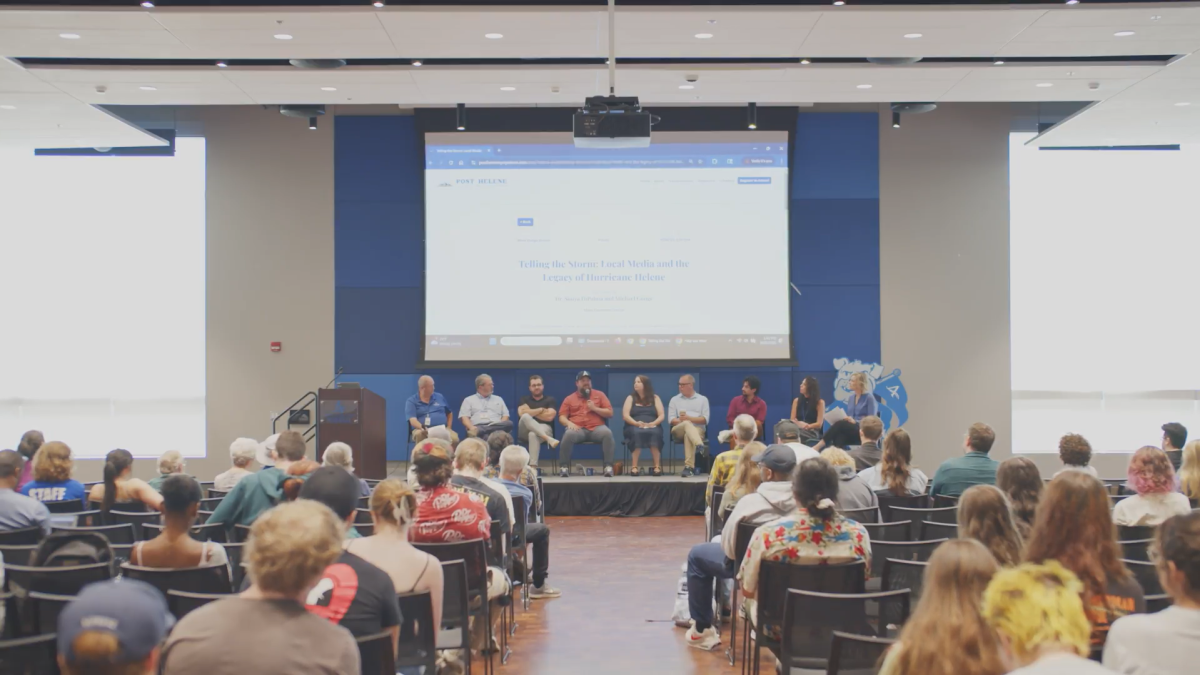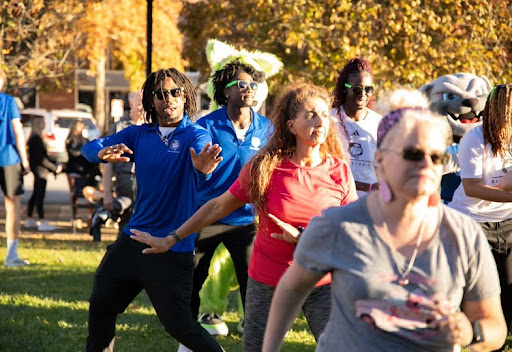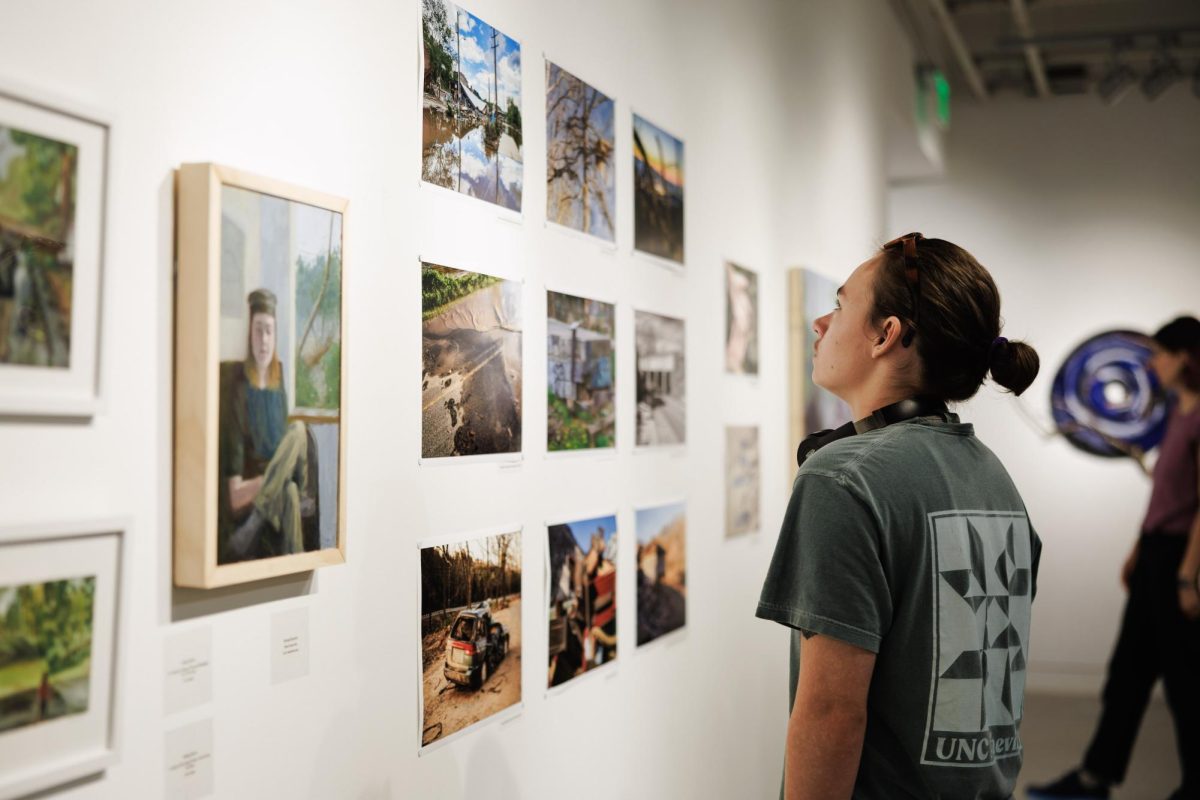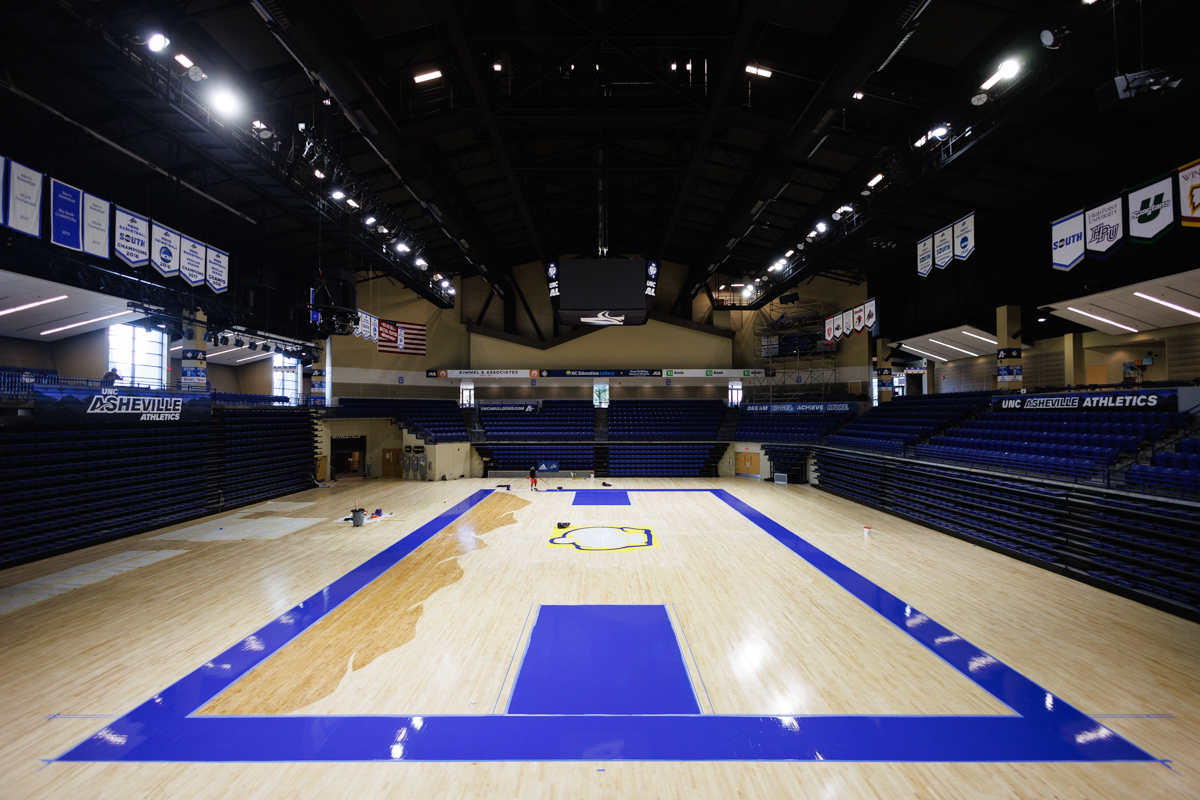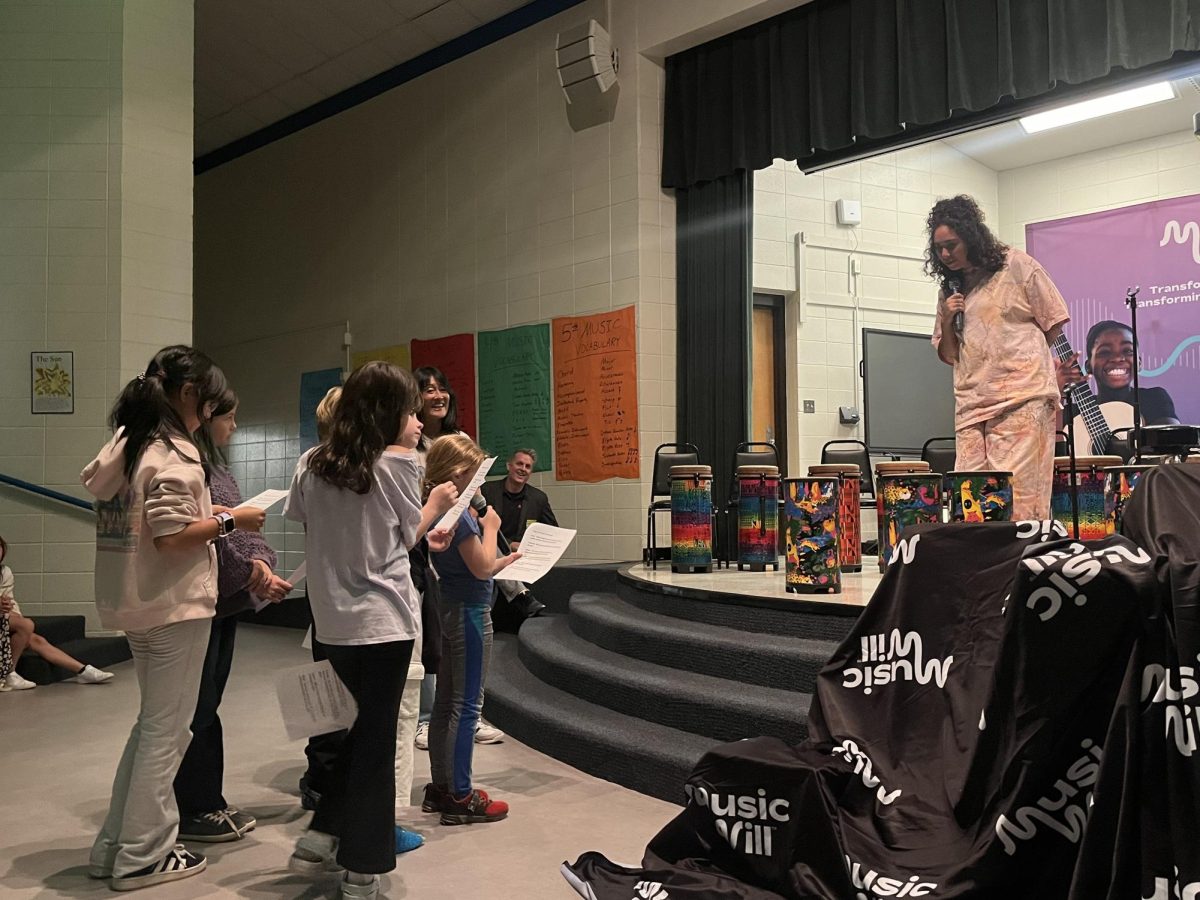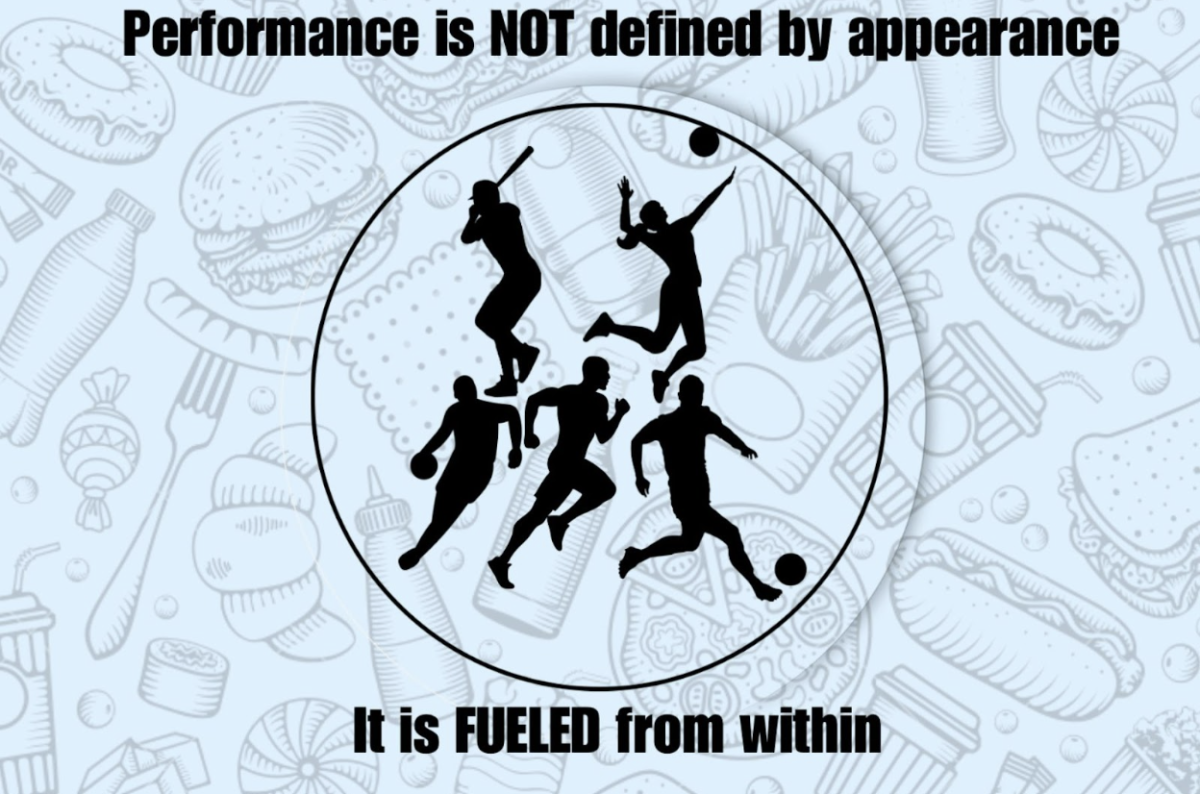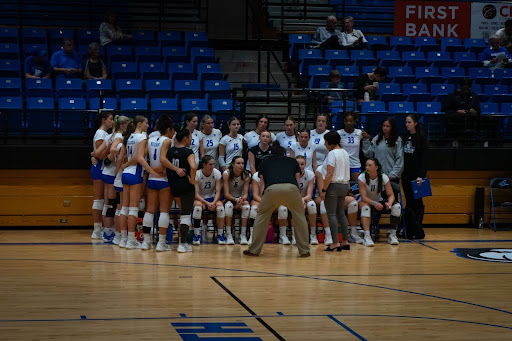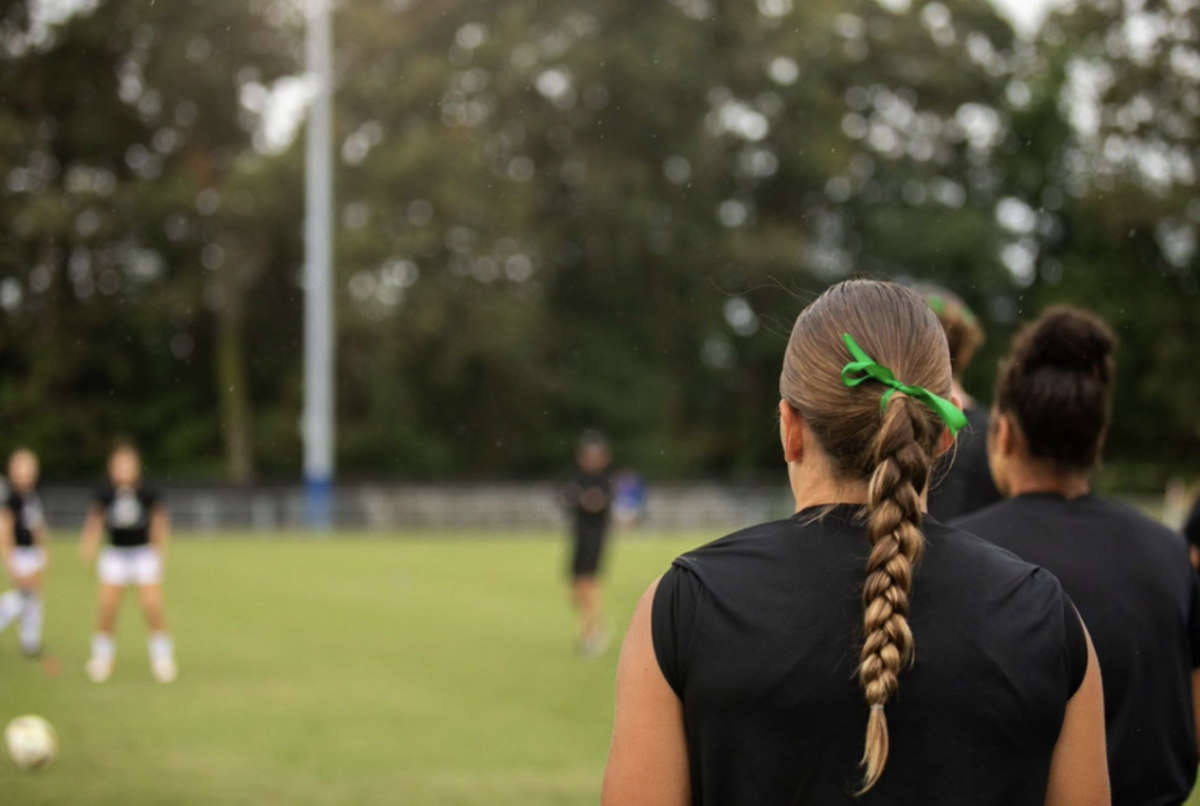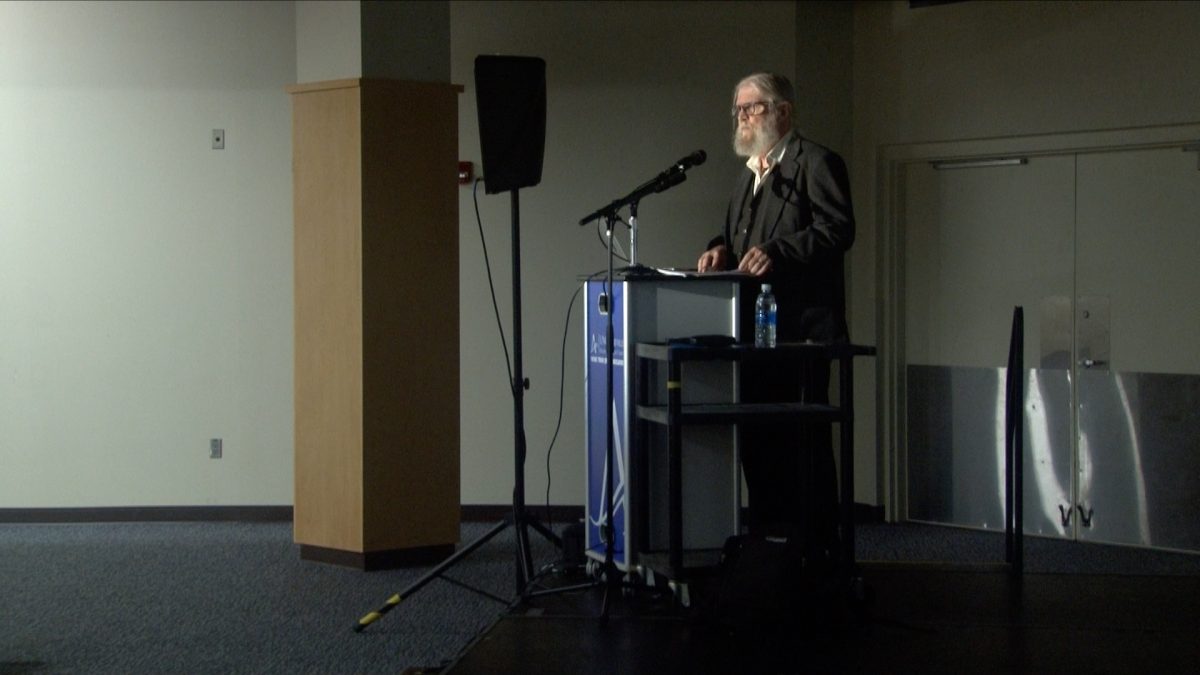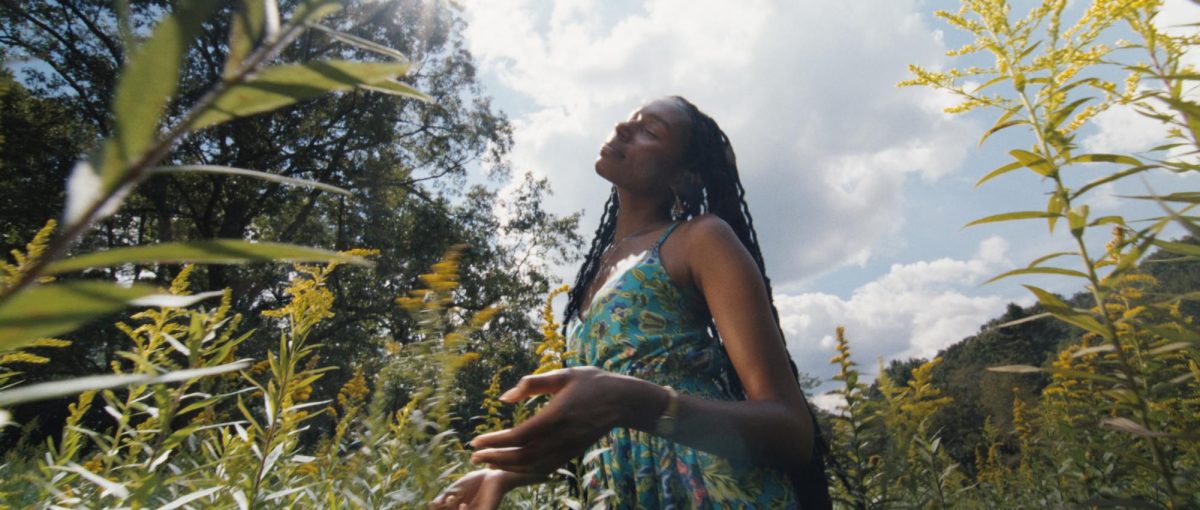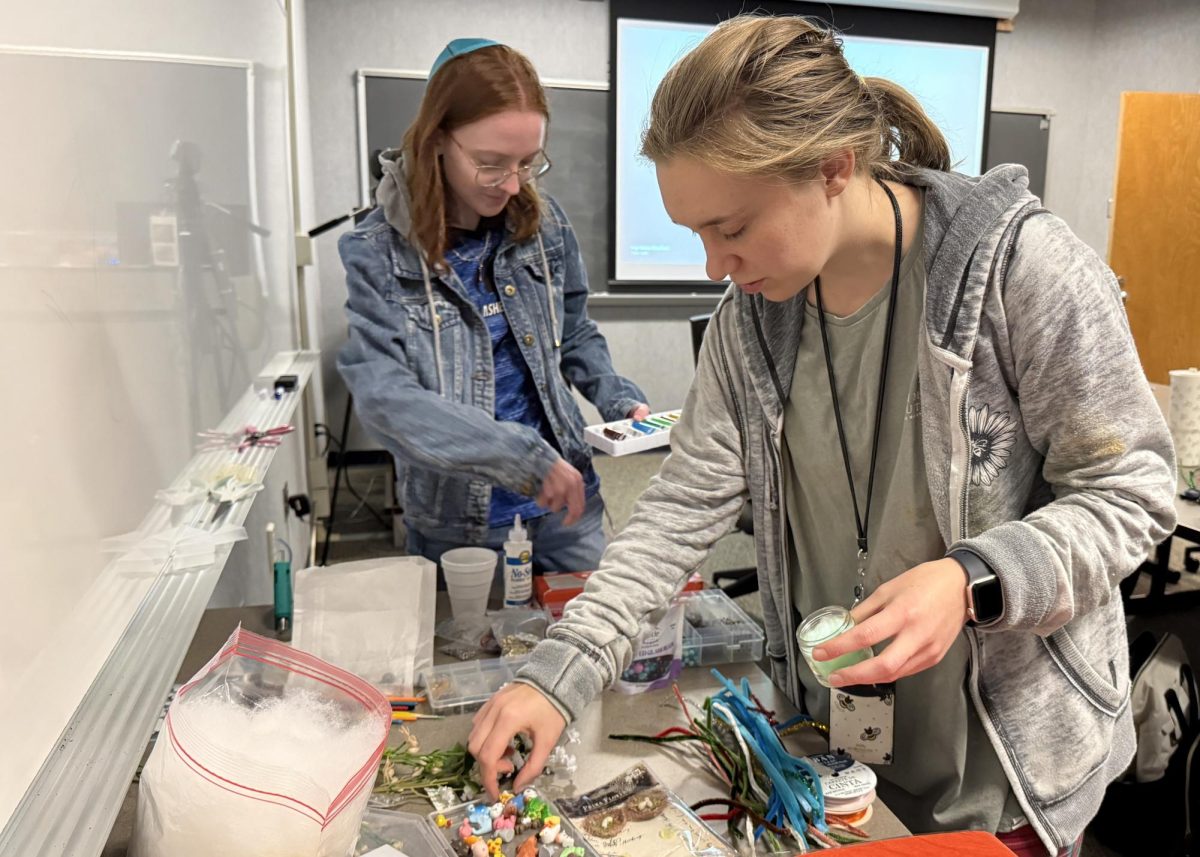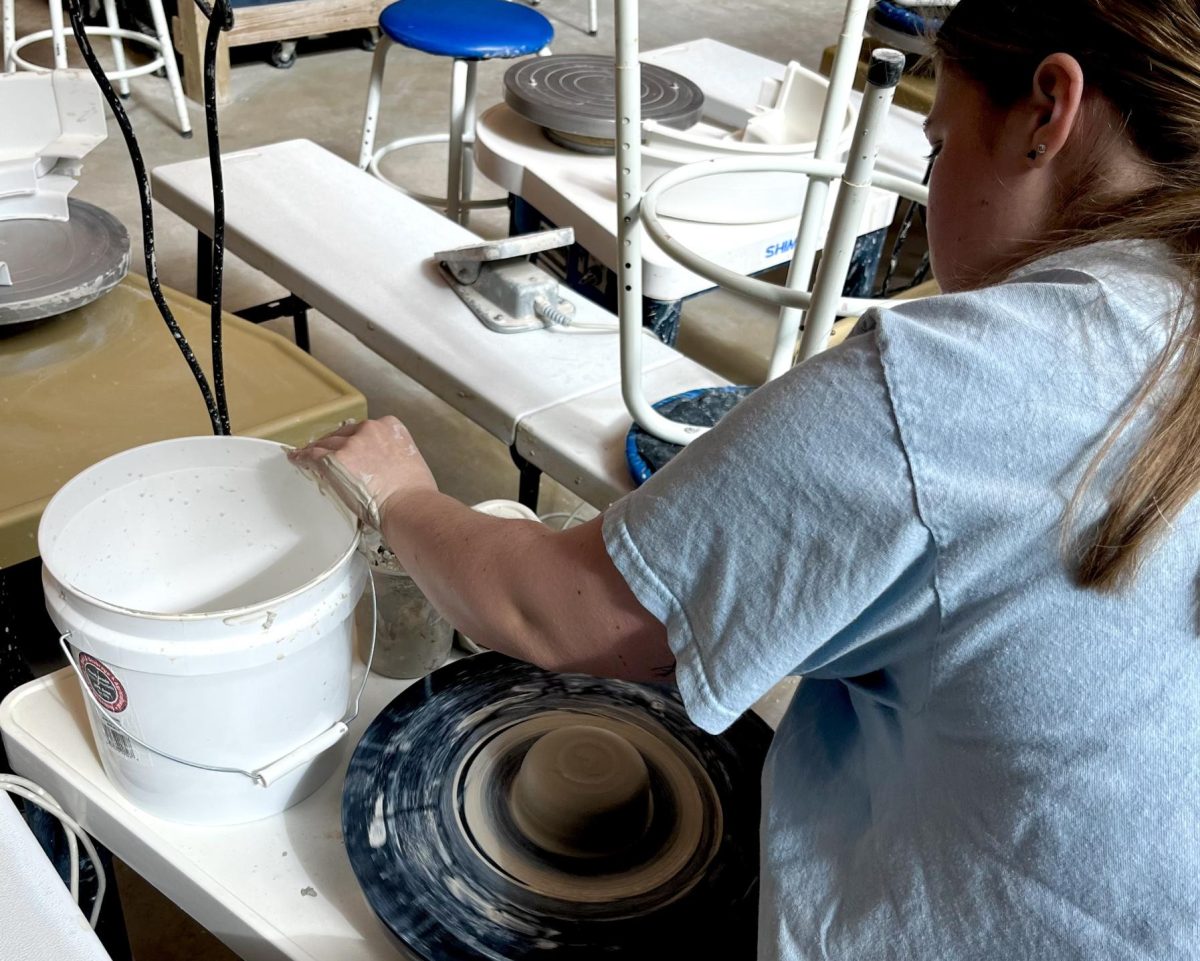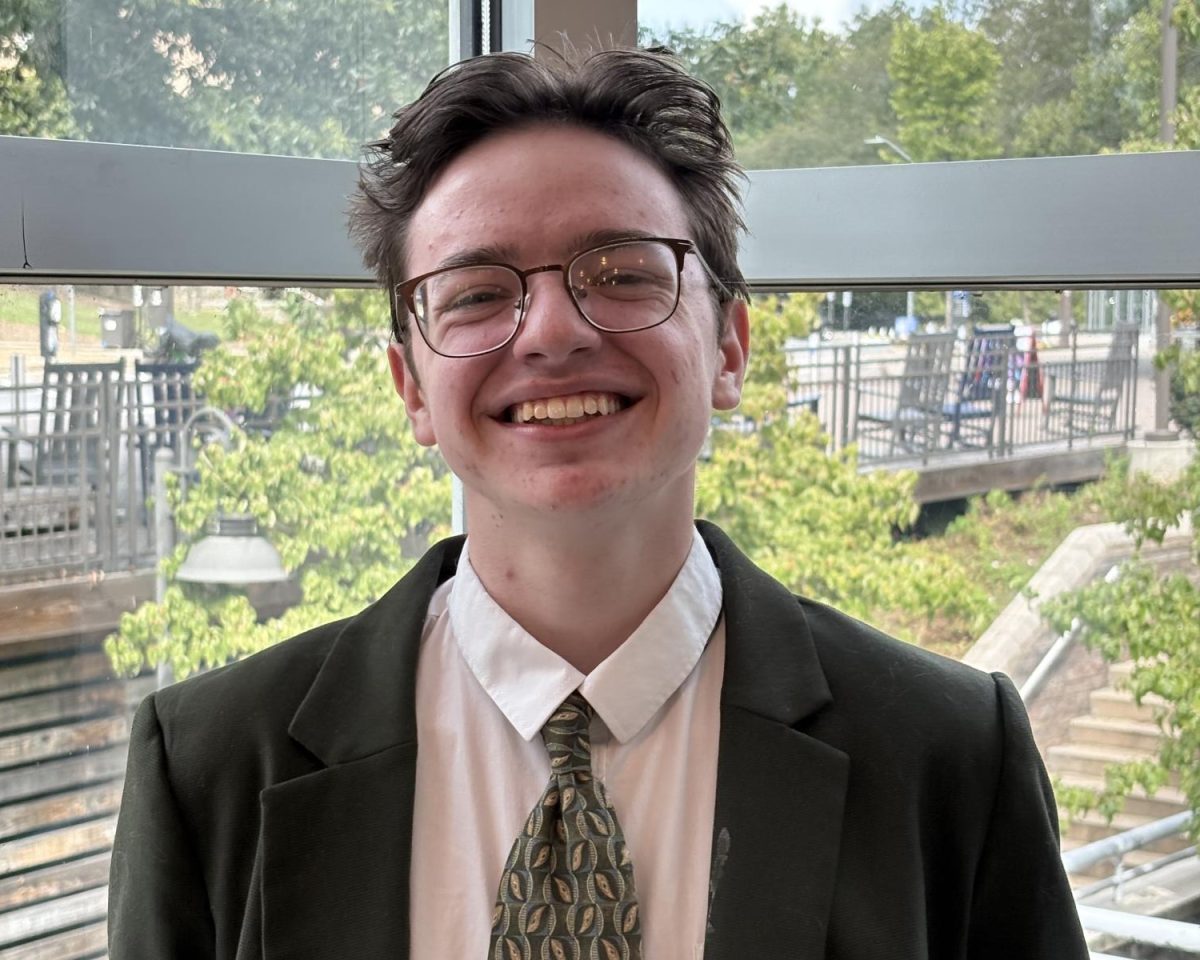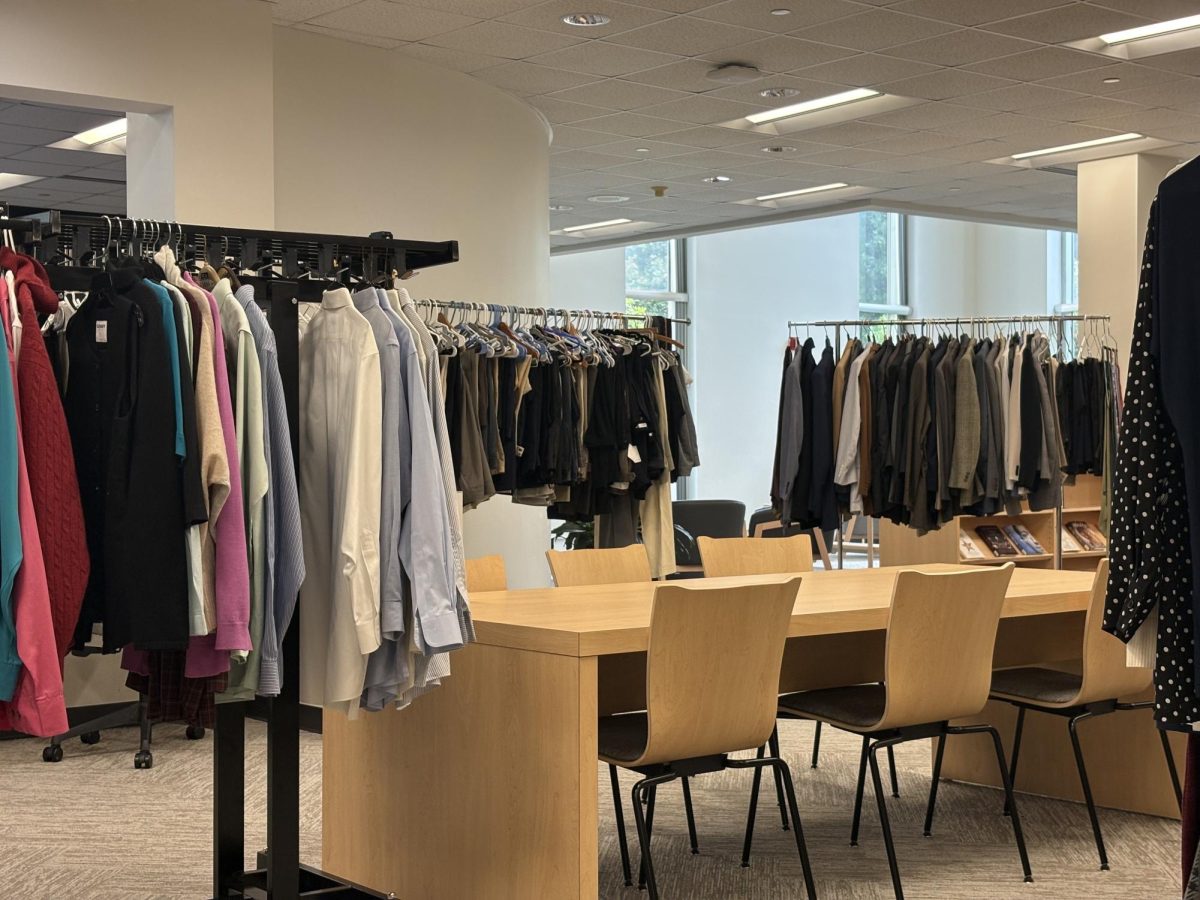Introduction
Exactly one year after hurricane Helene struck the Southeastern United States, including Western North Carolina, the multi-day Post-Helene Symposium was organized in the University of North Carolina at Asheville from Wednesday Sept. 24 to Friday Sept. 26 2025. Many events were organized including art, photo exhibitions and lectures. Those were planned by UNC Asheville professors and external guests who were somehow involved in the hurricane last year.
The goal of this event was to recall the horrible story of Helene and remember the dire consequences it had on property, business and society. Locals were affected by the hurricane which contributed to exponential damage and costs while complicating family relations and worsening mental health.
That is why the themes of the symposium consist of three simple yet powerful words “Remembering, Rebuilding, Reimagining”. This could not have been a better phrase to describe the mindset of the people after the impacts of such a natural disaster.
Reporters on duty
On Friday Sept. 27, one lecture was hosted by Mass Communication professors Michael Gouge and Sonya Di-Palma so as to share the perspective of seven guests. All were journalists or at least based in the media world, whether covering politics, natural disasters, and whatnot as columnists or editors.
“It affected us all”, said one of the invited journalists who lived in Asheville for 25 years, while reflecting on the serious impact. Infrastructure was damaged, everyday life was disrupted, but most people were thankful that they did not lose their home. Barring a couple of unfortunate folks who got their households flooded or destroyed.
Not only did Hurricane Helene leave an awful experience for local populations, but it also increased the challenges of communication. Power was off and cell service was out, which meant it made means of communication scarcer. Hence, people could not use electronics as normal due to the lack of power. Instead, they were left with limited options, especially local radio or newspapers.
What makes reporting crises challenging
“Documenting despair with dignity” as one guest remarked. This is arguably the most challenging task for a journalist to do during a period of crisis. The media needs to report those facts which serve as valuable information for the locals. However, it has to be done with care and attention, since people need to know reliable facts during uncertain moments.
It is acceptable and humble to share the names and pictures of casualties on mass media, whether wounded or deceased, as long as this is done in a careful and respectful manner.
Western North Carolina had a reasonable number of reporters back in 2024. This sounds sufficient in peaceful and average times, yet not so during critical moments. As Hurricane Helene struck much of the Southeast, reinforcement of reporters from across the country was needed to make key information spread on a national scale – and it did happen. This was an unique opportunity, albeit a serious one, for reporters from various regions to discover and share stories from the Southeast in places badly hit by Helene.
Interviews were especially difficult when journalists had to cover who was getting help or not. Or much worse, when they had to report the unfortunate fates of victims, livestock or infrastructure. It was painfully emotional to provide such sensitive information. One journalist even went as far as stating “This looks like Gaza”, when she compared the annihilation of North Carolina homes to the destruction of a city by war and genocide.
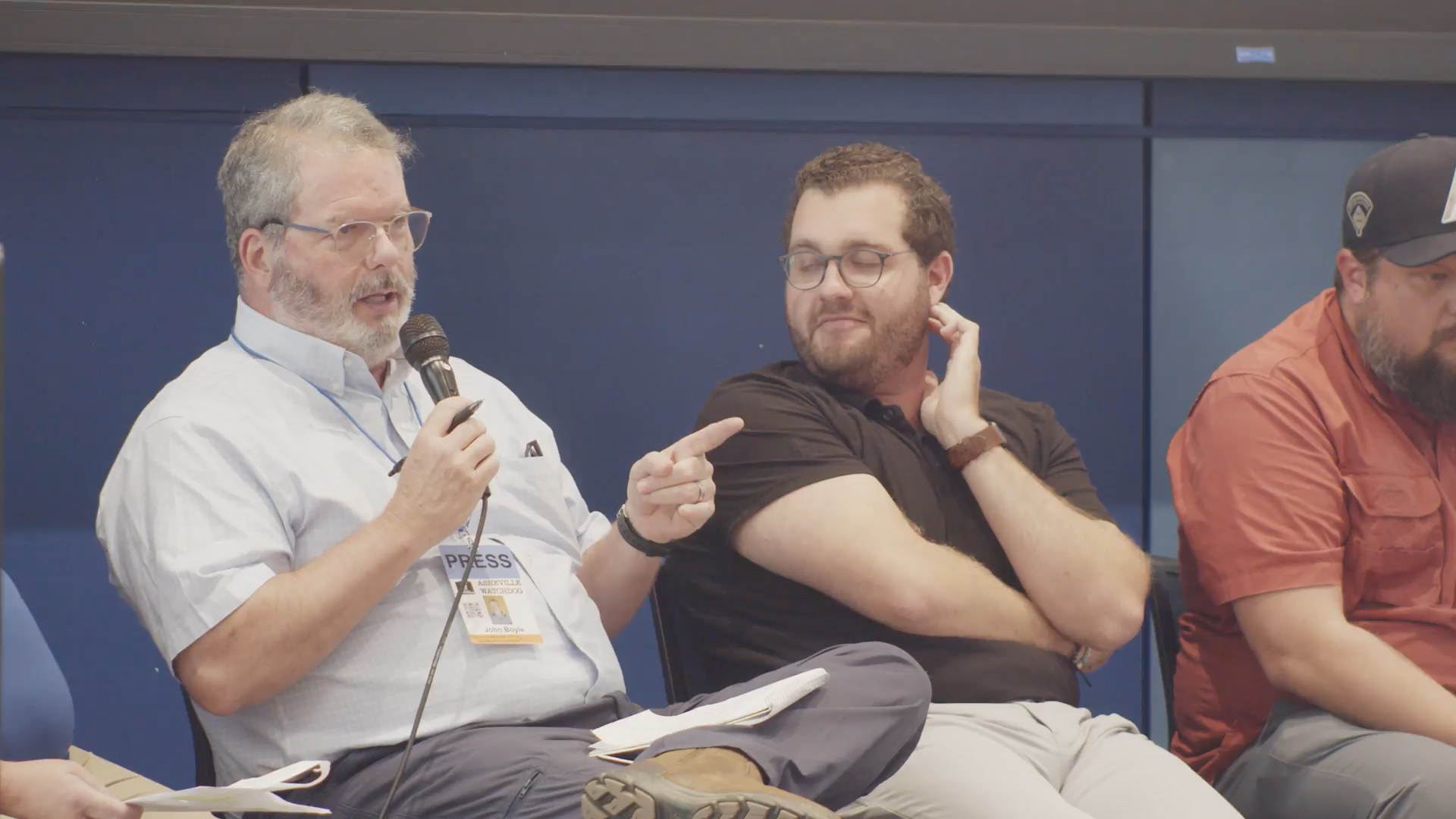
Recorded by Adam Hetland, 2025.
What it means to be a “good” journalist
The main goal for a journalist is to find out by listening to communities, and to make their voices heard no matter what. As one guest explained: “The number of audience (from local or national outlets) does not change the fact that journalists must tell the stories they hear from people they encounter.” She also described: “They must make people heard whether they are on their most formidable or hardest moments”.
She admitted that the biggest challenge for journalists was time, as they have to publish content by respecting a deadline. However it takes time for journalists to go somewhere for their story, then to interview people, and to spread the information they gathered.
In a nutshell, “transparency is always best”, as one journalist put it. That sounds very obvious and logical because lots of people will consume mass media in some way, and the piece of information they look at must be truthful and verifiable. Especially during moments of despair and uncertainty, when literally the only thing that matters is the truth. The latter is what makes people reassured when they feel hopeless, and it is what makes them confident over overcoming the obstacles they are dealing with.
Questions from the audience during the lecture
After the professors and the invited journalists were done with the lecture, they got feedback from curious students. One was asking about the appropriate content to provide in mass media when news stories can be sensitive, including the names and pictures of every single victim as previously mentioned.
Another wanted to know about the potential support journalists were getting from external parties. As mentioned earlier, they received reinforcement with the help of journalists from other states. They also received support from public officials, government officials and county sheriffs so as to get responses from them, verify accurate figures and to spread information in official outlets.
Yet another student was curious about the way they report other natural disasters across the United States. Journalists across the country express empathy and compassion when their fellow countrymen suffer from natural crises, although it may come in a different form. That is why some journalists actually covered many natural disasters this year, including the wildfires in Los Angeles this January, and the floods in Central Texas during July.
Finally, here is probably the biggest question of them all. “Are any of y’all scared and prepared for the incoming storm (in September 2025)?”. He asked the guests, even though this applies to everyone in the American Southeast. The answer given by a guest, is that everyone (journalists, governments and communities) are more prepared and adapted for upcoming natural disasters, though not ready for one with a similar magnitude as Helene.
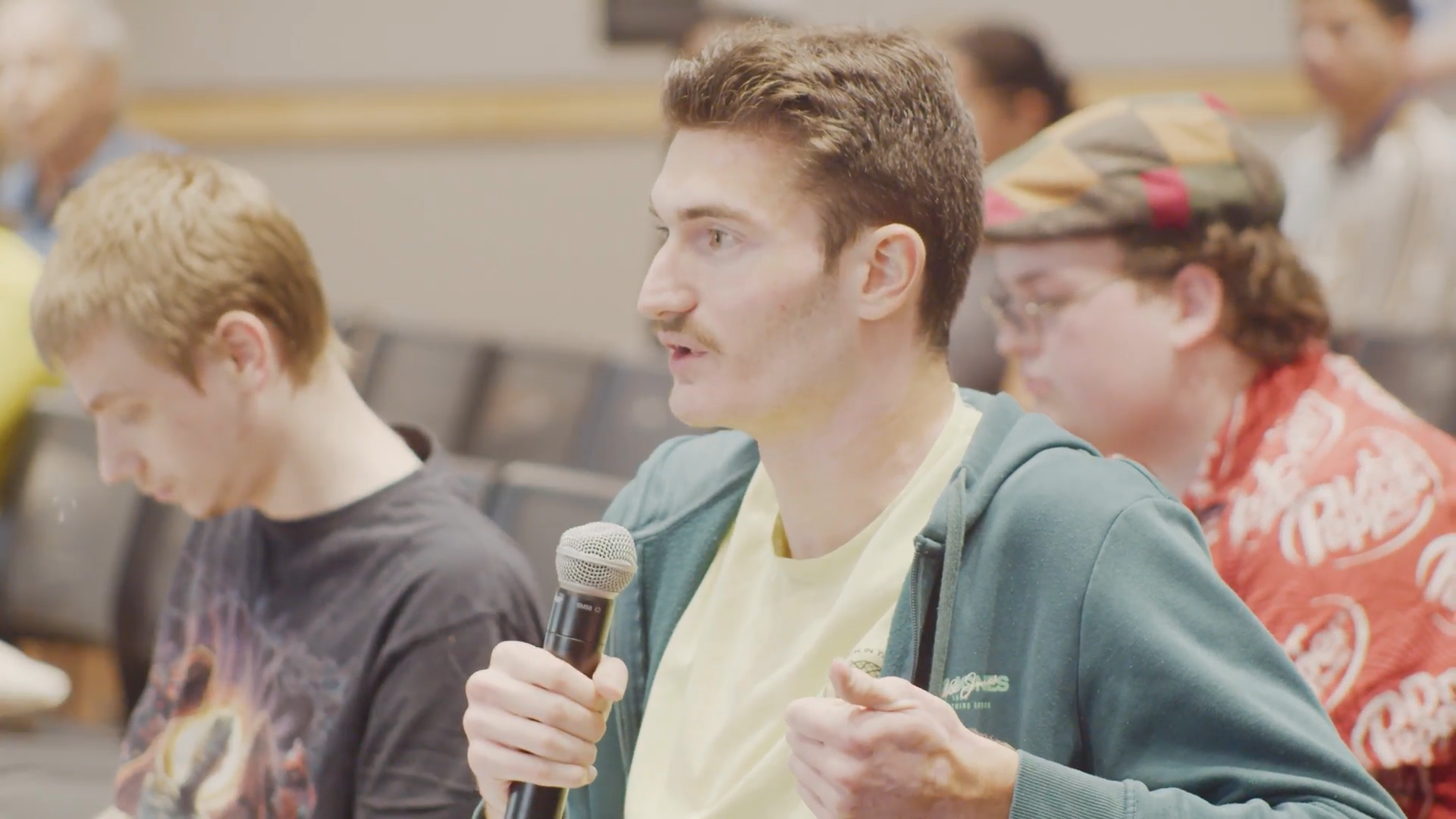
Recorded by Adam Hetland, 2025.
Information
Helpful information and a schedule of free and ticketed events during the last week of September can be found via the following link: https://www.posthelenesymposium.com/.
As inscribed in the UNC Asheville’s website, this symposium was led by faculty and based on cross-disciplinary collaboration, which demonstrates how hardships truly have the potential to bring people together for a common cause. The website also points out that the symposium drew upon university resources, faculty expertise, community participation, and partnerships.
All the resources and staff were available to facilitate reflections on the impact of the storm on Asheville and the surrounding areas. This proves that people were showing signs of resilience and teamwork during and after the effects of the hurricane. These are the key values that change everything, especially during tough and unpredictable periods.
